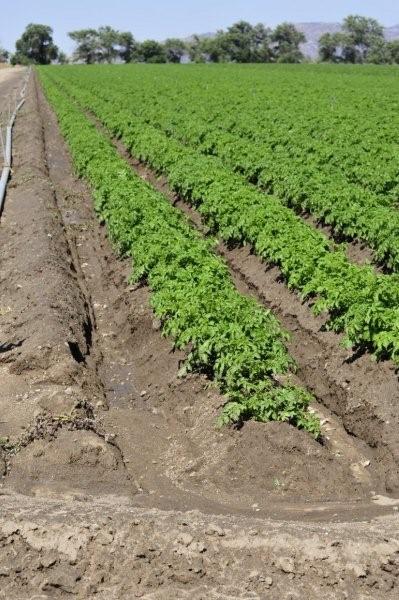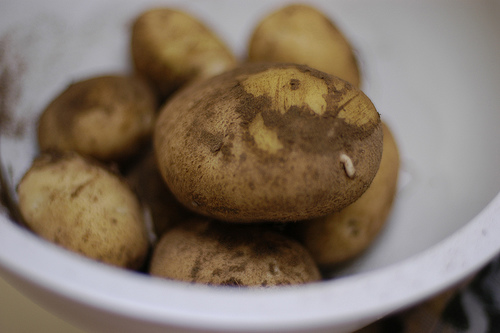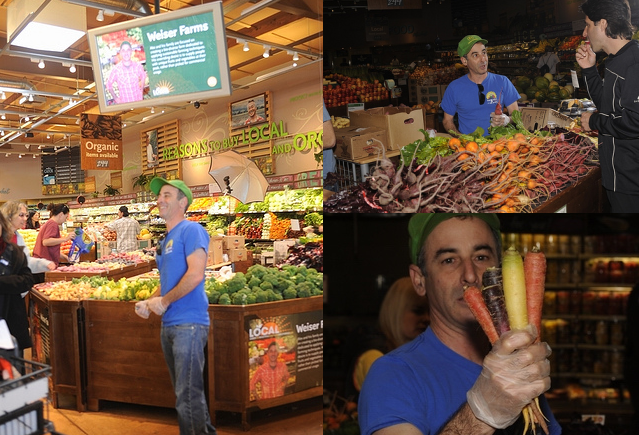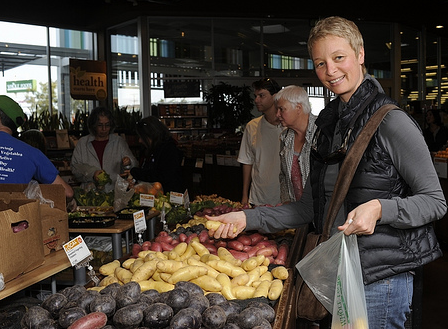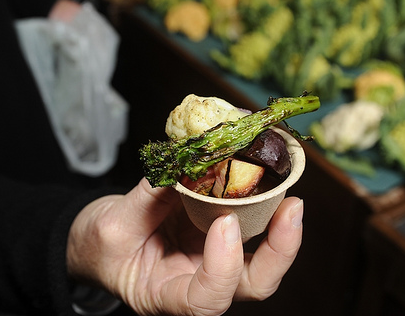From the Weiser Family Farms Library...
 Thursday, March 18, 2010 at 6:58AM
Thursday, March 18, 2010 at 6:58AM 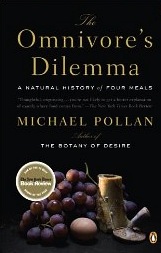 I finished “reading” The Omnivore’s Dilemma yesterday on my way back from the farm. I had heard about Michael Pollan and his very influential book at farmers’ markets and food industry events over time but I had never got around to reading it. Finally, I decided to get the audiobook version (unabridged, I might add) and listen to it on my long rides to and from our farm. What a remarkable journey. Without getting into too much detail, I just have to say that “reading” the book made me appreciate the true cost of the food I eat, not just the impact to my wallet but to the whole of society. I also have a greater appreciation for the impact my family and I have, as farmers, on the quality of our customers’ lives. Pollan’s book educated me without preaching to me and that was much appreciated. It was definitely food for thought.
I finished “reading” The Omnivore’s Dilemma yesterday on my way back from the farm. I had heard about Michael Pollan and his very influential book at farmers’ markets and food industry events over time but I had never got around to reading it. Finally, I decided to get the audiobook version (unabridged, I might add) and listen to it on my long rides to and from our farm. What a remarkable journey. Without getting into too much detail, I just have to say that “reading” the book made me appreciate the true cost of the food I eat, not just the impact to my wallet but to the whole of society. I also have a greater appreciation for the impact my family and I have, as farmers, on the quality of our customers’ lives. Pollan’s book educated me without preaching to me and that was much appreciated. It was definitely food for thought.
Next up, "Building Soils for Better Crops" by Fred Magdoff and Harold Van Es. Unfortunately, there is no audio version of this book so I'll only be able to read it at stop lights and railroad crossings.
~Dan



